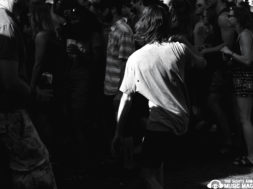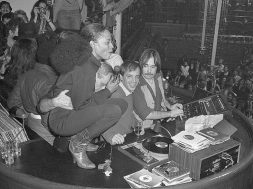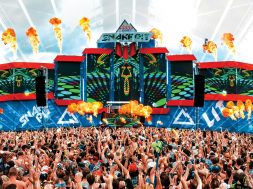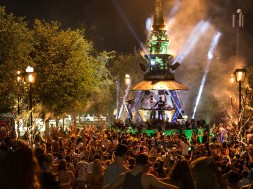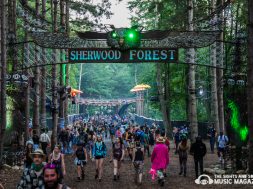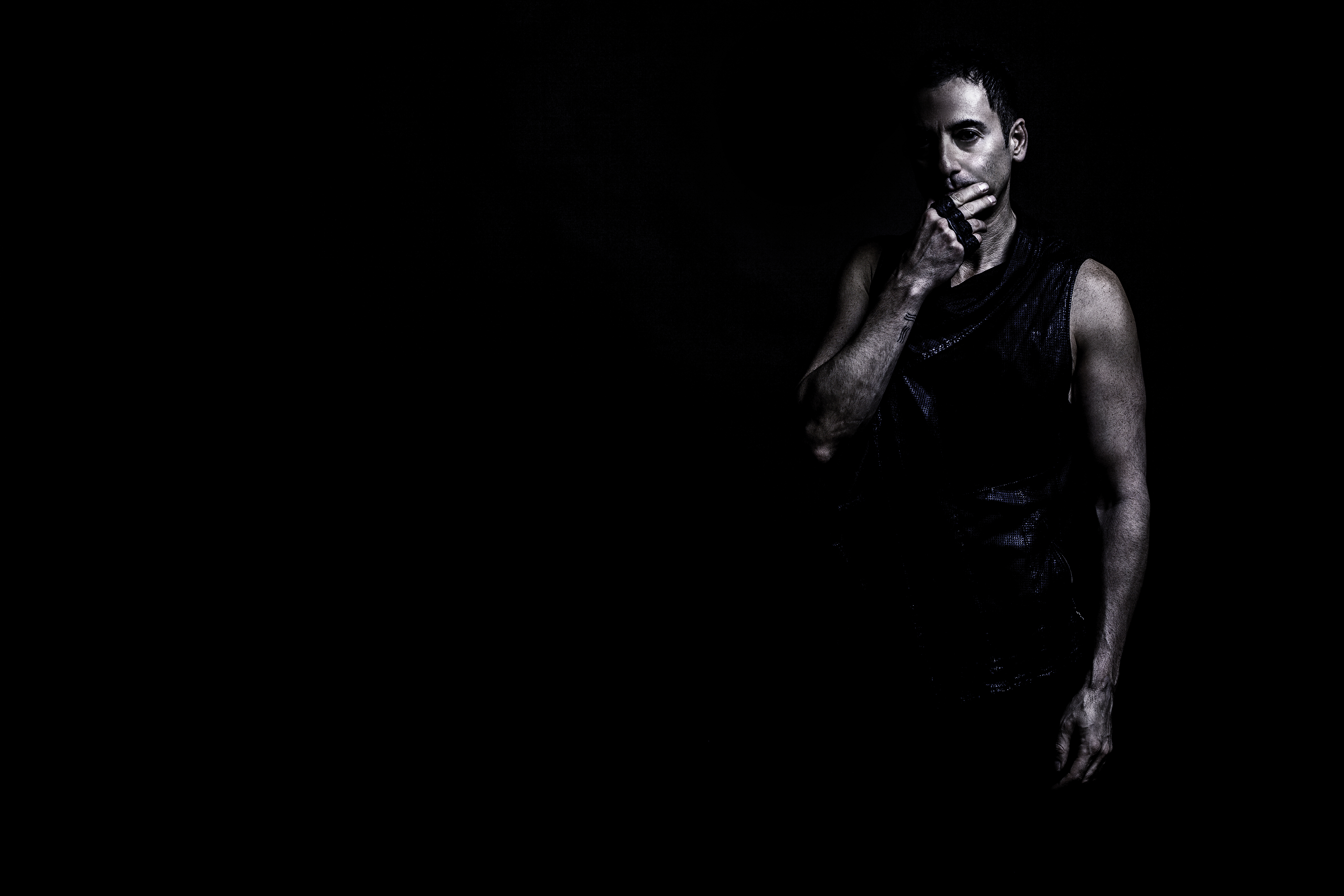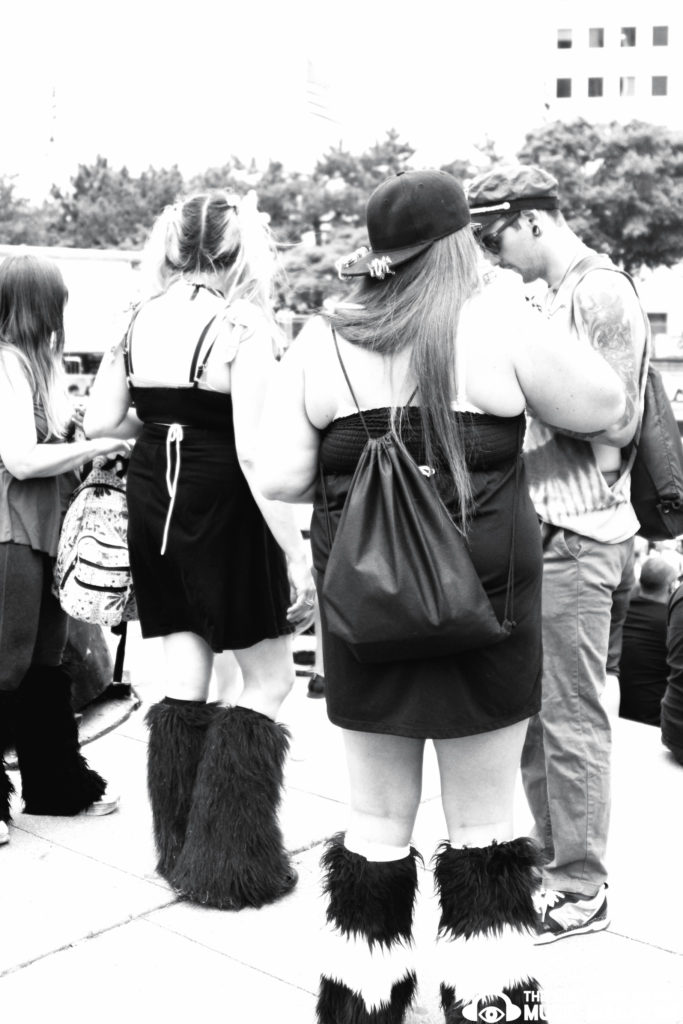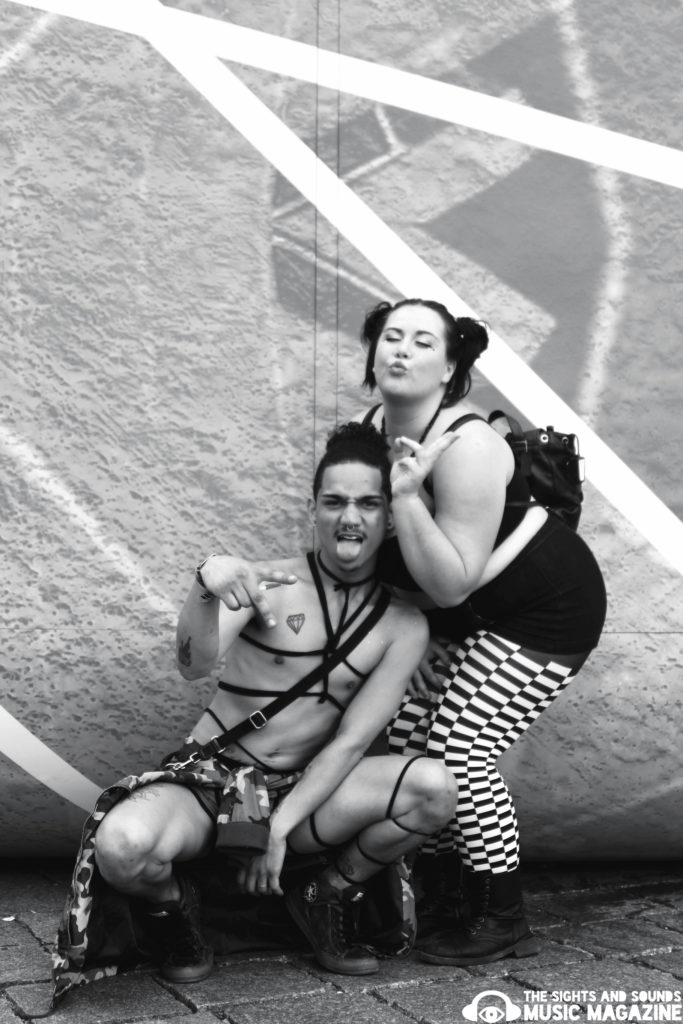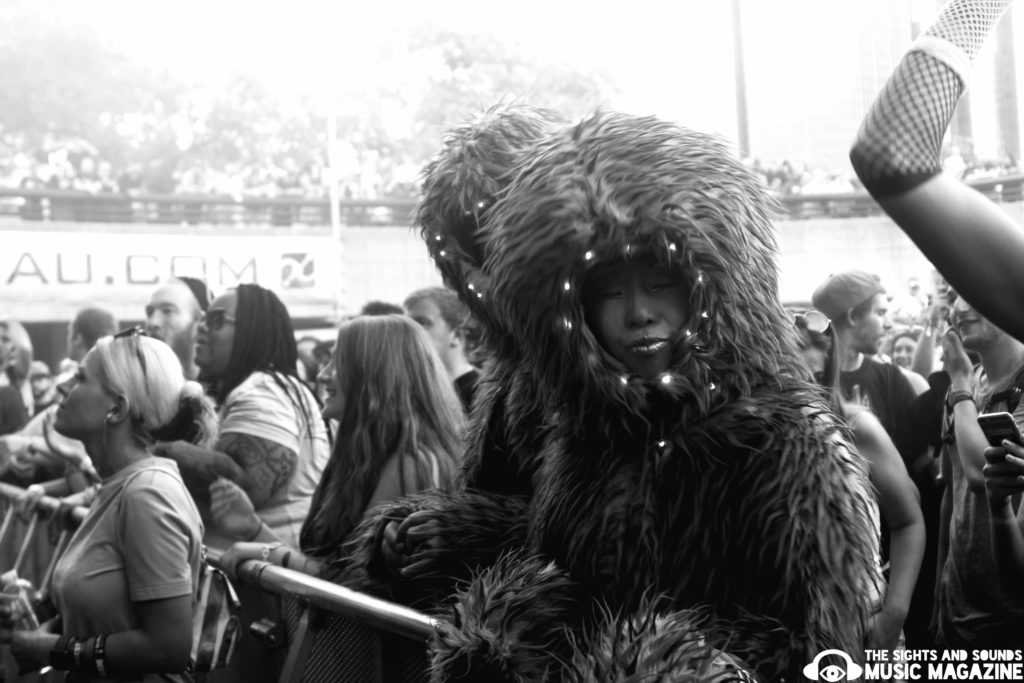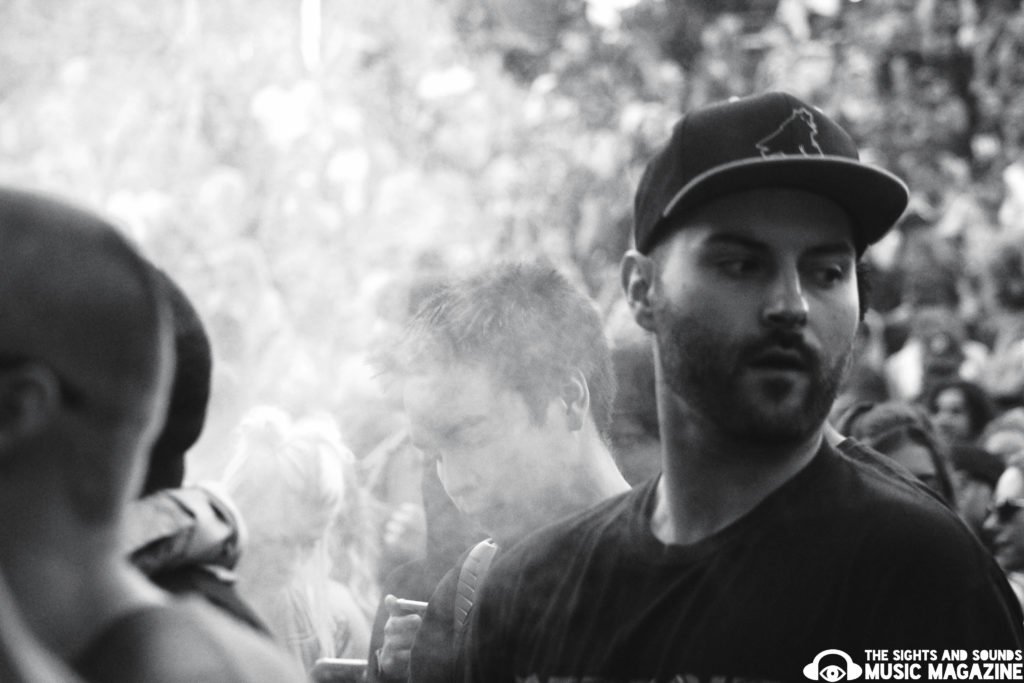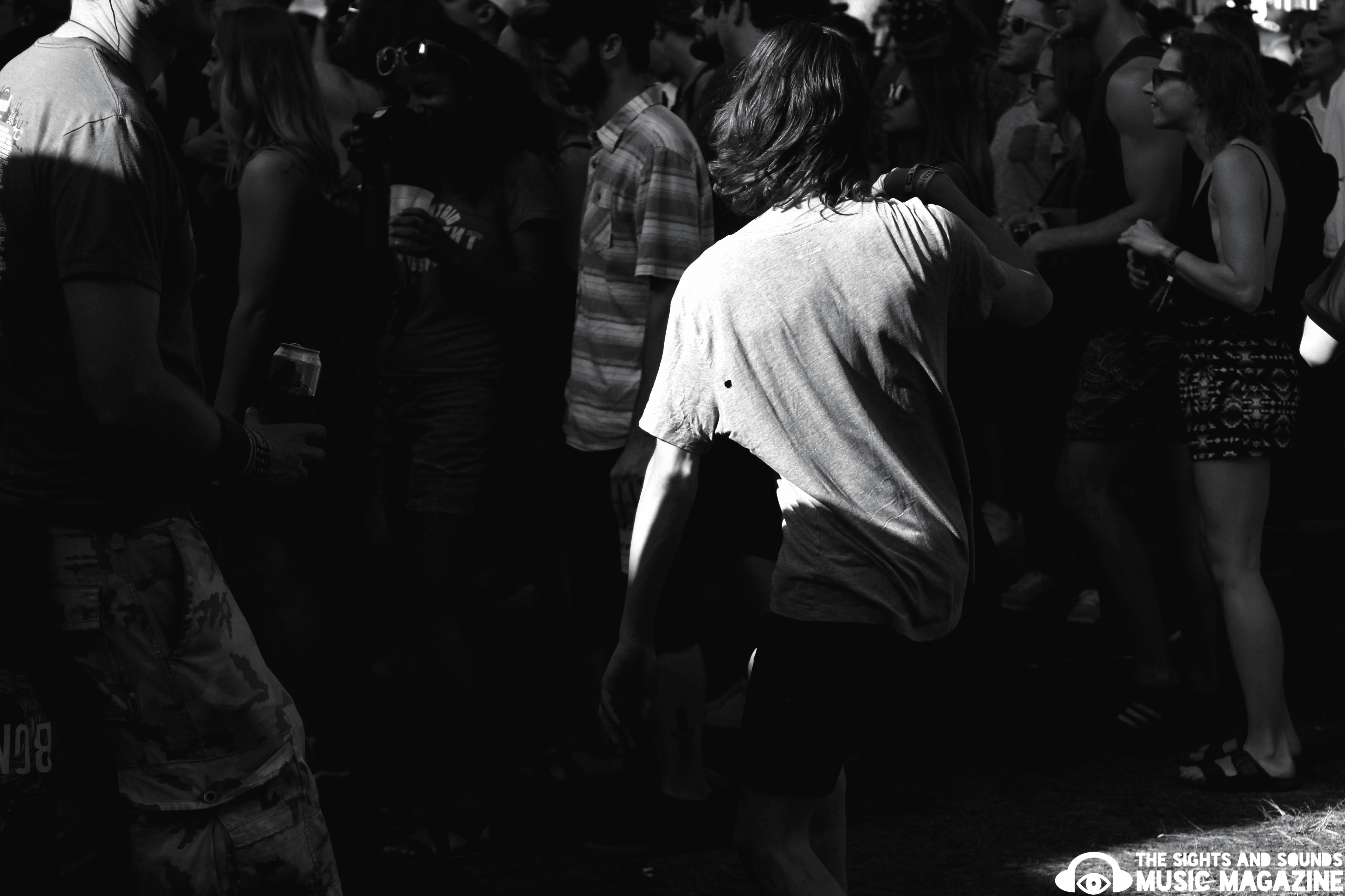
Movement Detroit Is A Physical Manifestation Of A Subcultural Infatuation With Techno
Story and Photos by Grace Fleisher and John Flynn
The Festival Continues To Break Ground In The Global Techno Sphere
The American music festival has nestled itself a unique place in the hearts of wide-eyed music aficionados across the United States and abroad. But not every festival is created equal. If spectacle festivals like Coachella and Austin City Limits are a successful attempt to showcase America’s predilection for the au courant, Movement Festival is the antithesis.
The three-day festival boasts more than a hundred acts that embody the cultural resistance from which Detroit techno grew out of. The bill features some of techno’s most accomplished, but the festival is known for going deep. Movement hosted a bevy of untapped techno talents along with a handful of wild card non-techno acts that could only possibly be congregated at a festival as unique as itself.
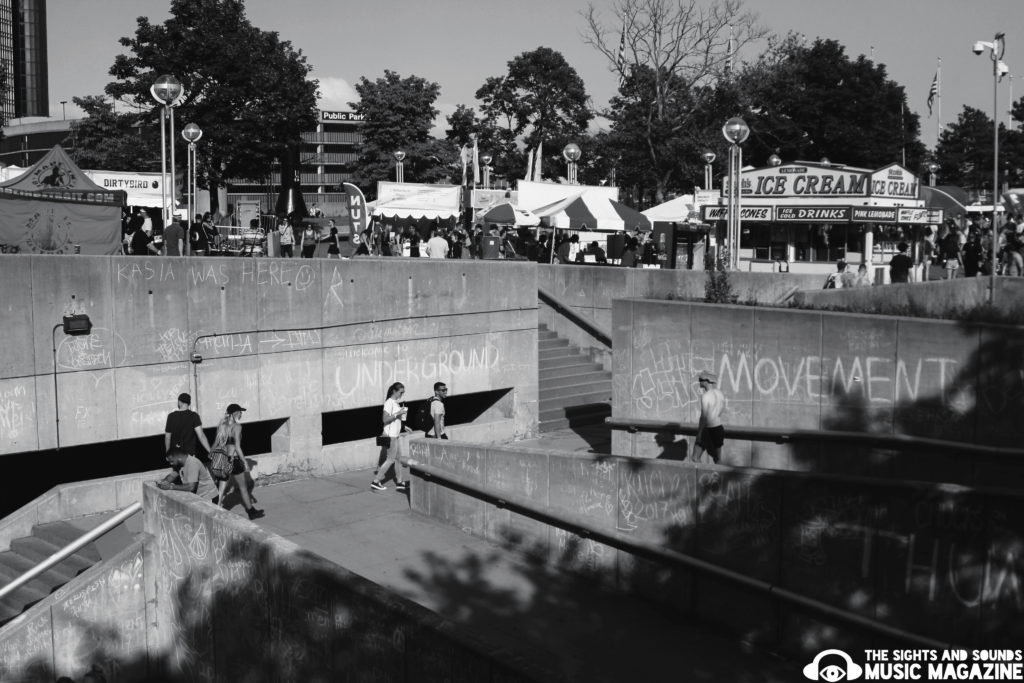
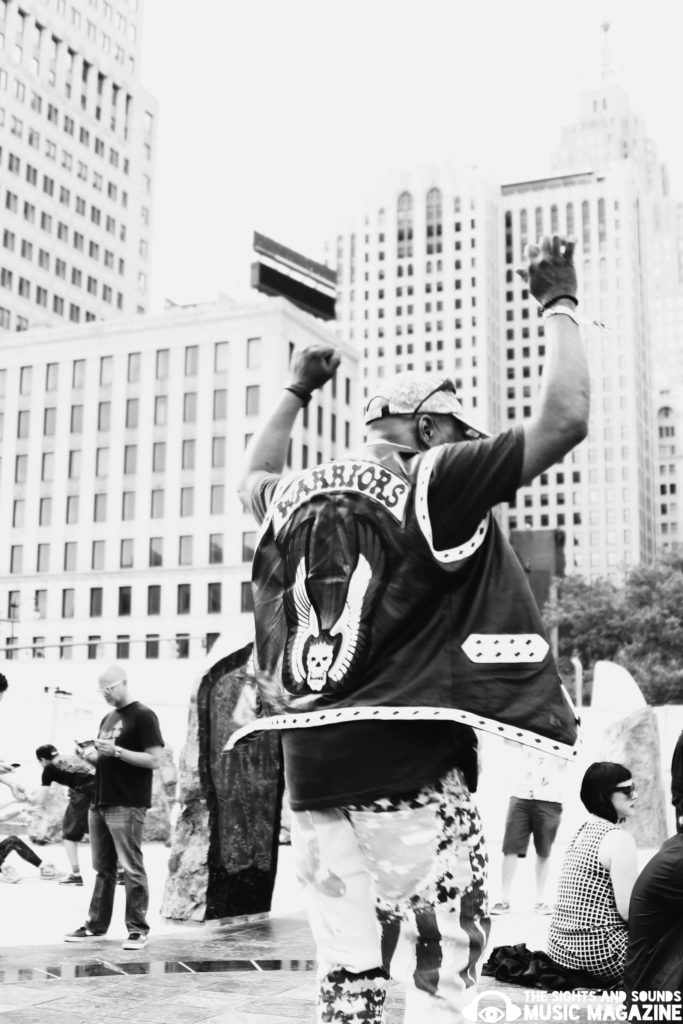
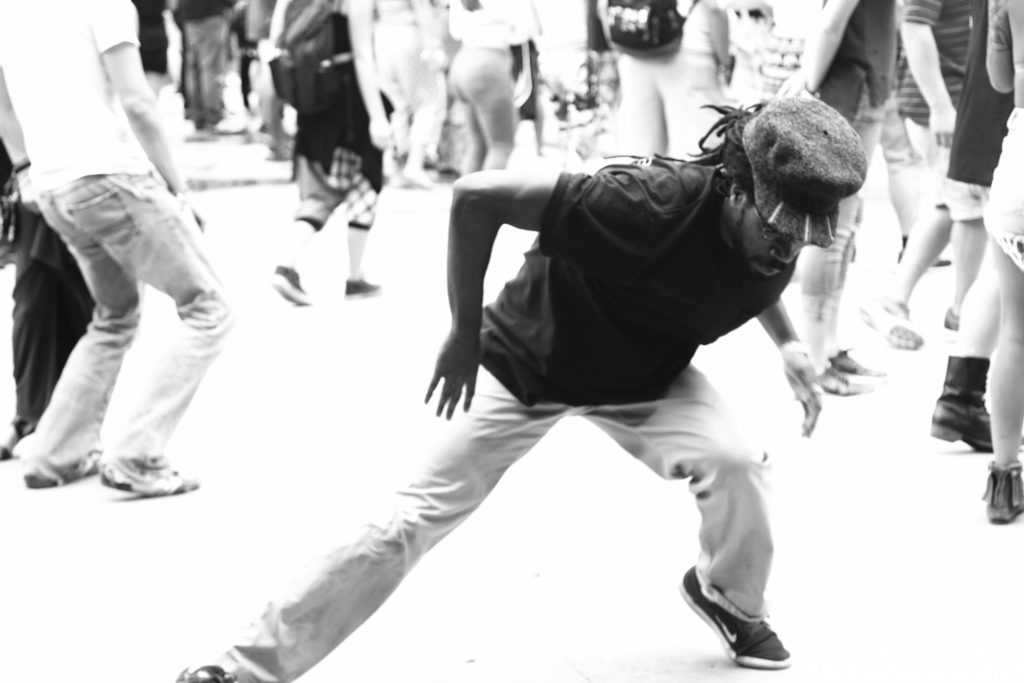
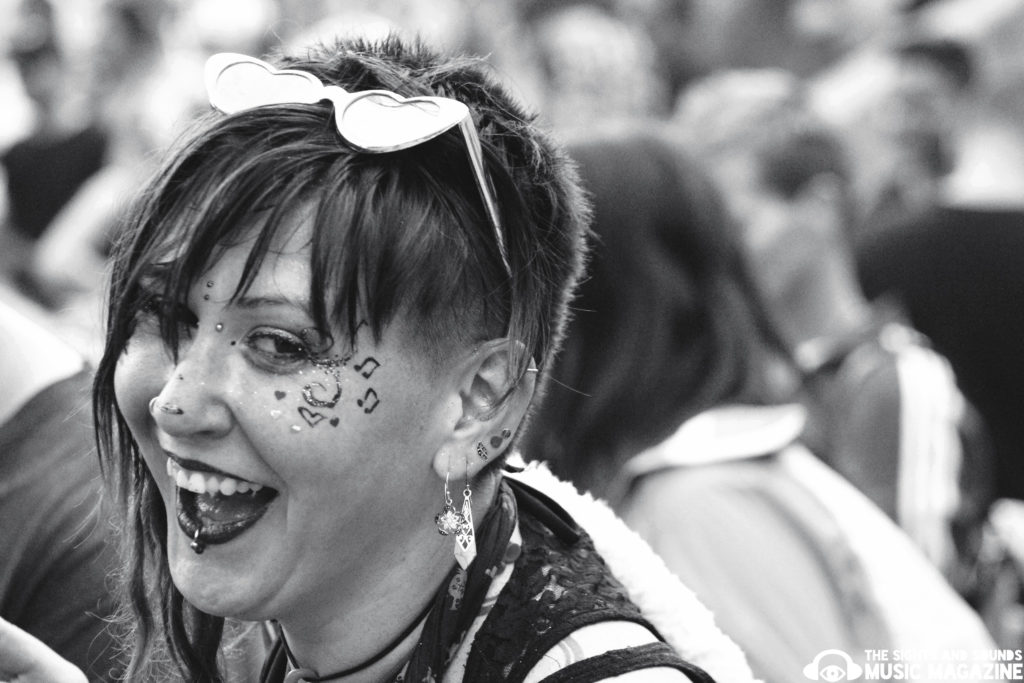
Spilling Over Every Side
The striking part about Movement Festival, it can hardly be called a festival. Rather, the city’s own techno legends host some of the world’s finest talent in the confounds of Hart Plaza for three days. Not to mention the city of Detroit’s plethora of underground venues that host some of the week’s best afters shows, some of which don’t even start until 7 a.m. and run until 4 p.m. the following day. To call Movement a festival would be to undermine the fabric of its own existence. Sure, the festival has gates from which you enter and exit each day, but attendees experience a phenomenon that can’t possibly be contained by physical limitations.
Each stage at Movement Festival is curated with particular attention to detail, here’s how the festival breaks down.
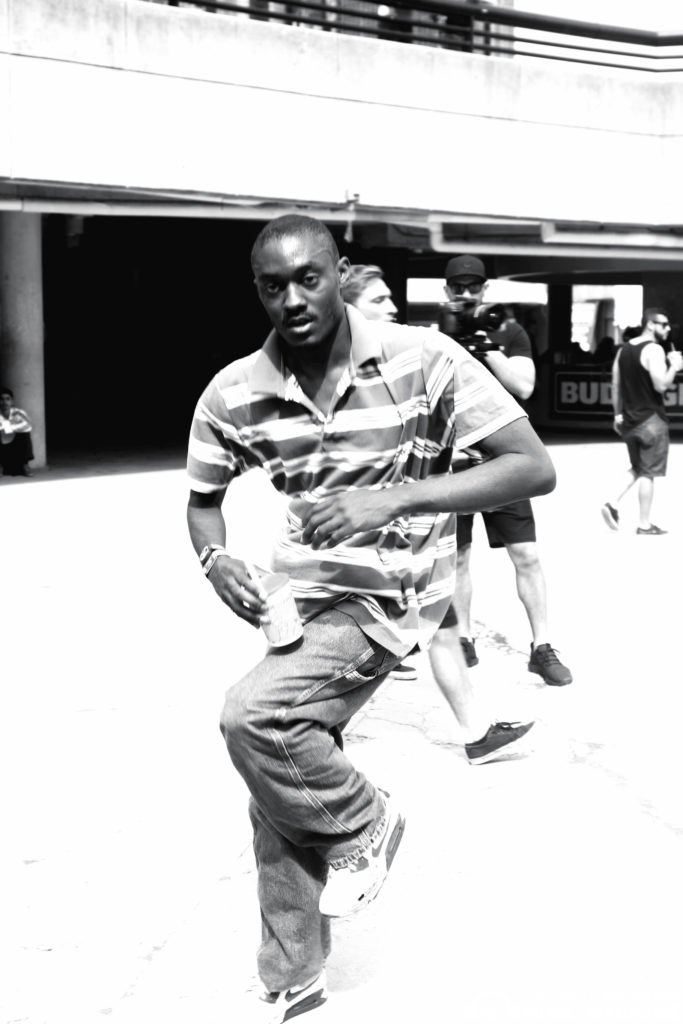
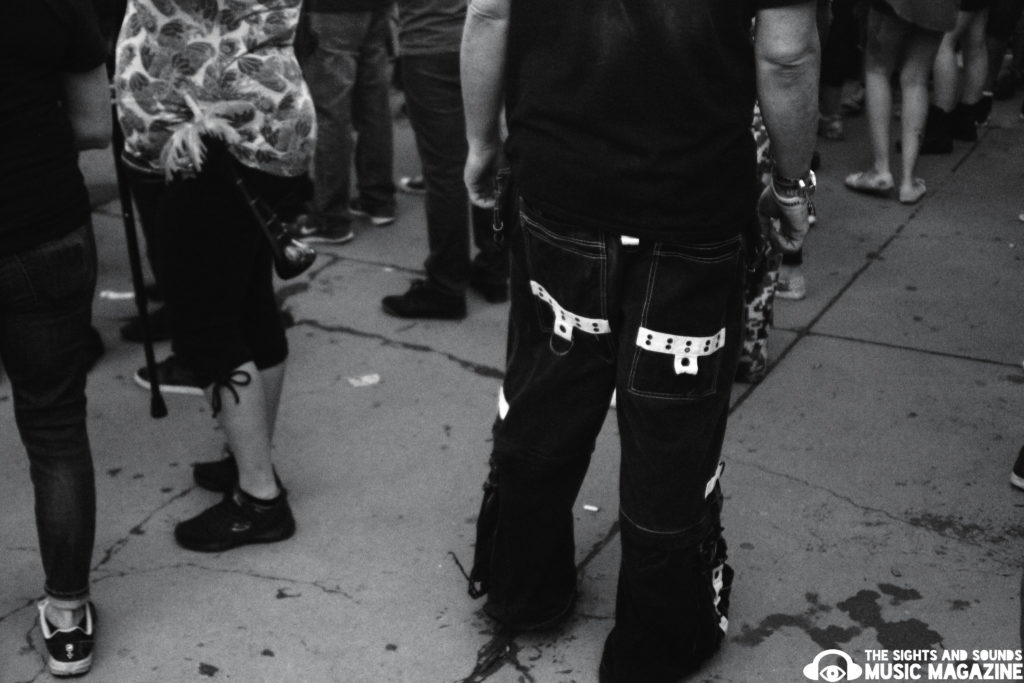
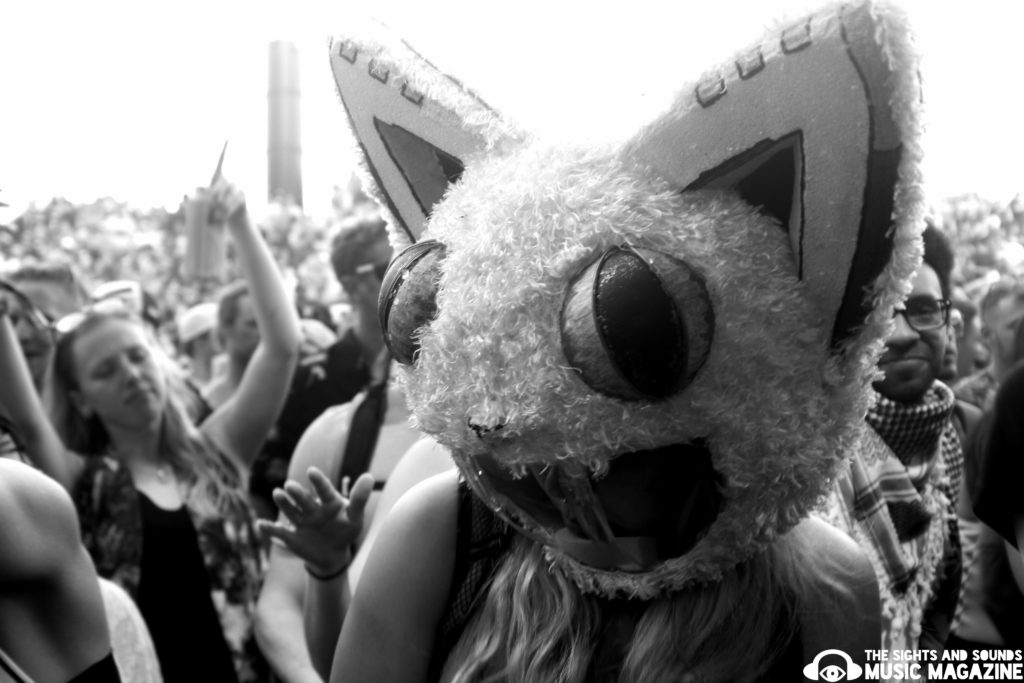
Movement Main Stage: A Detroit Techno Spectacle
The Movement main stage provides a glimpse into some of techno’s biggest players each year from Detroit and across the globe. On Saturday the main stage hosted Luke Hess, Josh Wink, Nicole Moudaber, Richie Hawtin’s “Close” headlining set, and Detroit’s very own The Belleville Three.
Sweaty festival-goers stood atop the festival’s amphitheatre-esque steps all day on Saturday as the suspense for both The Belleville Three and Richie Hawtin grew thicker. The layout of the main stage is more similar to a coliseum than a traditional festival stage, setting the tone with an almost tribal atmosphere.
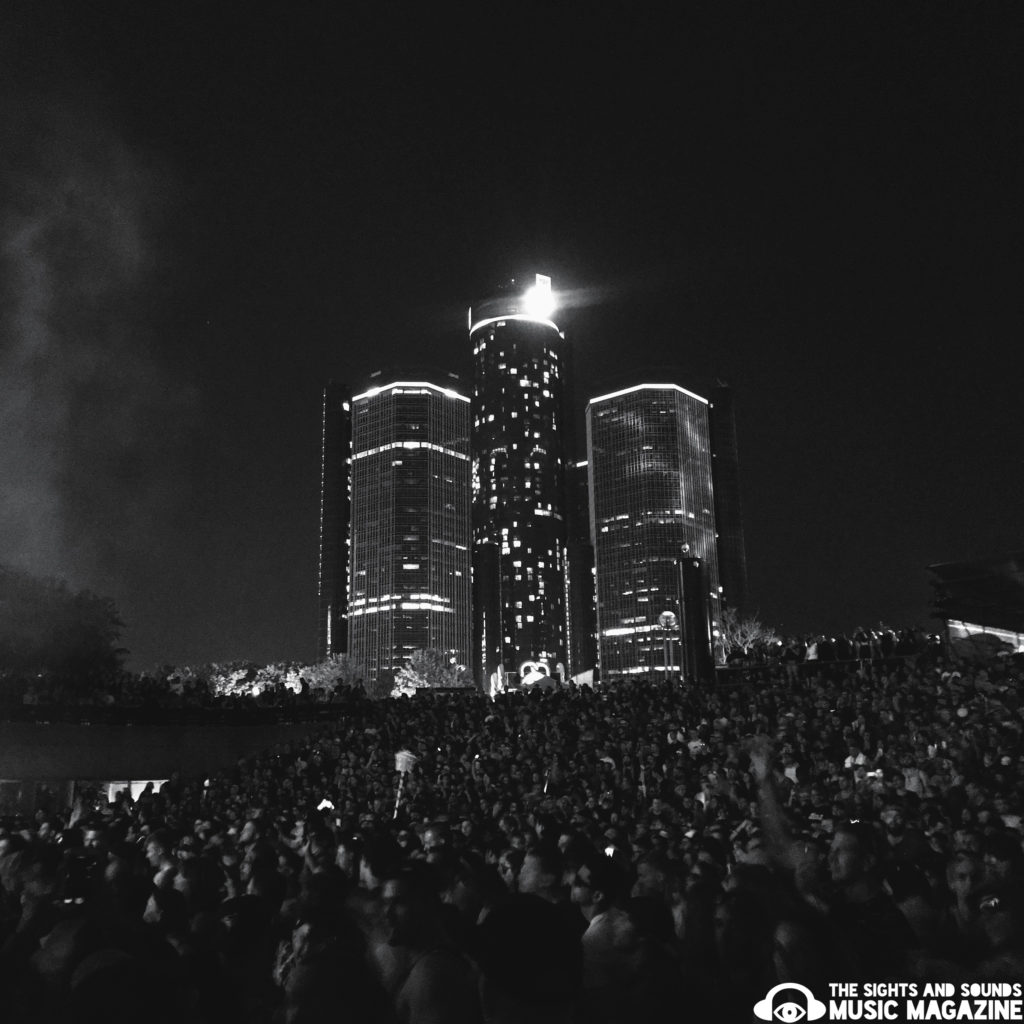
Celebrating The Legacy Of Detroit Techno: A Trip Through Time With The Belleville Three
When the Belleville Three finally took the stage the crowd’s energy was palpable. Ask any hardcore Detroit techno fan about the Belleville Three and you’ll get a little more than a history lesson worth of knowledge. Juan Atkins, Derrick May, and Kevin Saunderson grew up just west of Detroit in a town called Belleville, Michigan. Growing up in the 1980’s, the three were teenagers were fascinated by both the seminal sounds of Germany’s Kraftwerk and George Clinton’s pioneering of funk back home in the states.
Throughout the past three decades, the trio fostered independent solo careers as DJs and it was seldom that they ever performed on stage together. “We were always doing our own thing, heading in the same directions,” says Saunderson. “We weren’t thinking we’d ever end up together in this way.”
On Saturday during Movement festival, they reunited in what was a journey through decades of timeless techno and house music. According to the Detroit Free Press, the trio played both music that has influenced them (Afrika Bambaataa’s “Planet Rock”) and music that they themselves influenced (Jeff Mills’ “The Bells”).
“The beauty of this is that people want a mixture of what we would do on a solo set,” said Juan Atkins to the Free Press. “So anybody who’s a fan of Kevin, they’re going to feel his energy there. My fans will feel mine, and Derrick’s fans will feel his.”
“When you’ve got three, everybody has their own vision,” added Kevin Saunderson. “But we find our way.”
The trio moved through a large backlog of techno and house classics while crossing hands and swapping ideas. Kevin Saunderson orchestrated the effort from the middle with Juan Atkins standing to his right and Derrick May to his left. The set was an homage to Detroit techno. After all, none of this would have ever happened in the first place if it weren’t for them.
Richie Hawtin: Exploring The Relationship Between Human & Technology
When Daft Punk released “Human After All” and “Robot Rock” on a fourth studio album, Human After All they were popularizing a concept that was the foundation for underground experimental techno. While the robot duo remains a cultural figurehead for this human vs computer binary, Richie Hawtin acts as their underground antithesis.
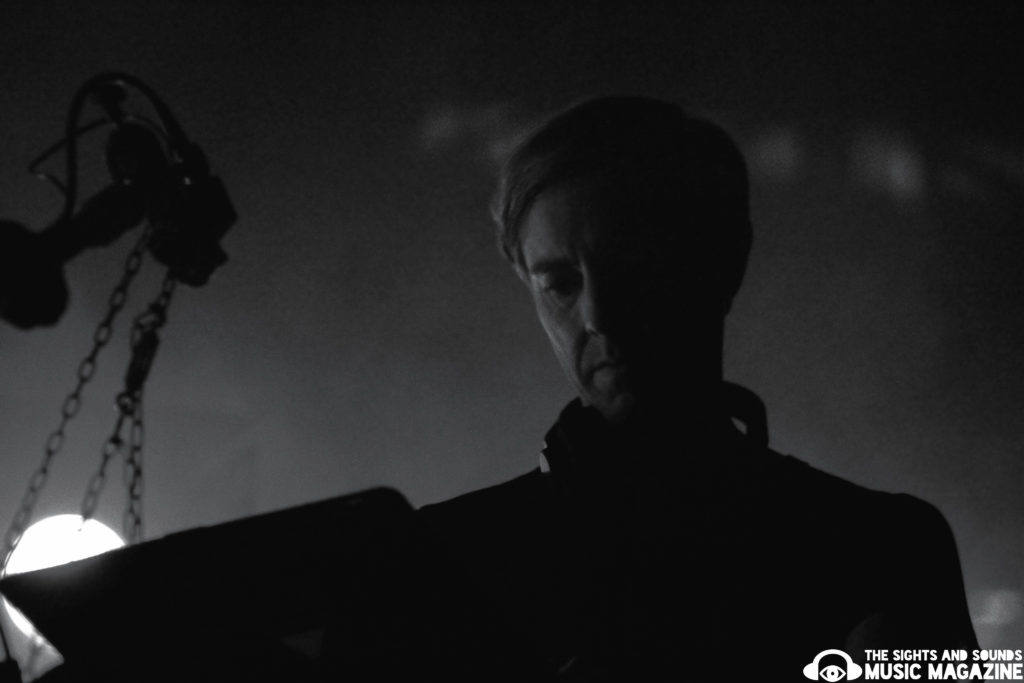
Hawtin’s debut of ‘Close’ is more than just a DJ performance. The 75-minute set was an experimental live venture in which the Canadian DJ nestled himself inside a circle of soundboards, modular synths, and analog machines. The complicated setup included a number of live feed cameras that track movements in order to project them visually in an abstract fashion. The performance was the visual and audio embodiment techno’s synthesis of man and machine.
Hawtin moved through the set with poise despite his usually spiked anxiety levels while performing. “Channeling my nervousness into an extremely focused sonic assault on Hart Plaza last night at Movement Detroit,” said Hawtin on his Instagram page.
On day two the Movement Mainstage featured John Johr, Francesca Lombardo, Death In Vegas Present: Transmission (Live), Joseph Capriati, Adam Beyer, and TestPilot AKA Deadmau5.
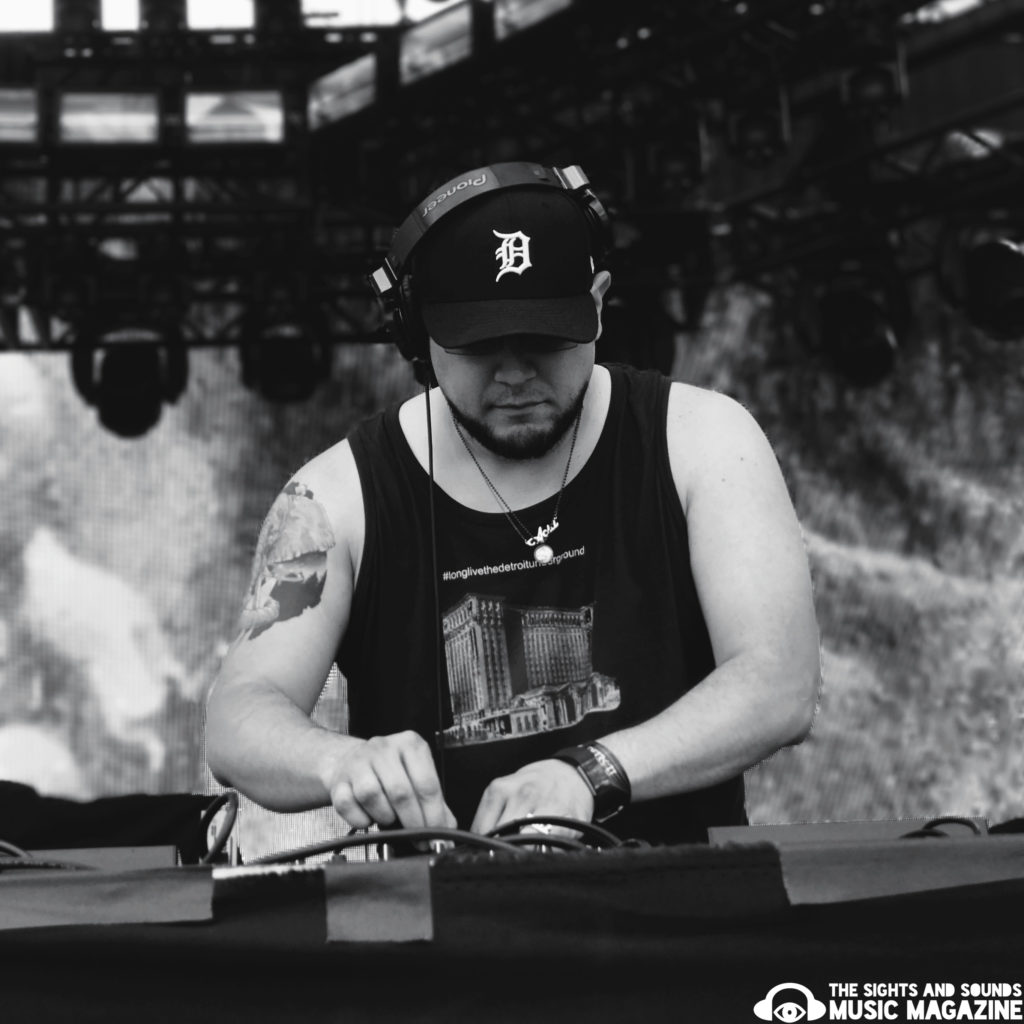
Joseph Capriati & Adam Beyer were obvious highlights of Sunday. The two DJs are known for their devotion to a technicality while crafting viscerally intimate live sets. As Adam Beyer finished out his set he was cut short by about ten minutes due to weather.
Sometimes, Things Get Complicated. TestPilot Manages To Impress Detroit Despite Technical Failures
After Adam Beyer left the stage due to weather, Deadmau5 was slated to take the stage in just twenty minutes as his techno alias TestPilot. Shortly before beginning his set Joel Zimmerman began to do crowd work to lighten the mood of the crowd. The mau5 finally took the stage at 11 p.m. (30 minutes into his allotted set time.) The set started out with tremendous vigor. The first few tracks were dark and thunderous and it was clear that Zimmerman was going to deliver both technically and conceptually.
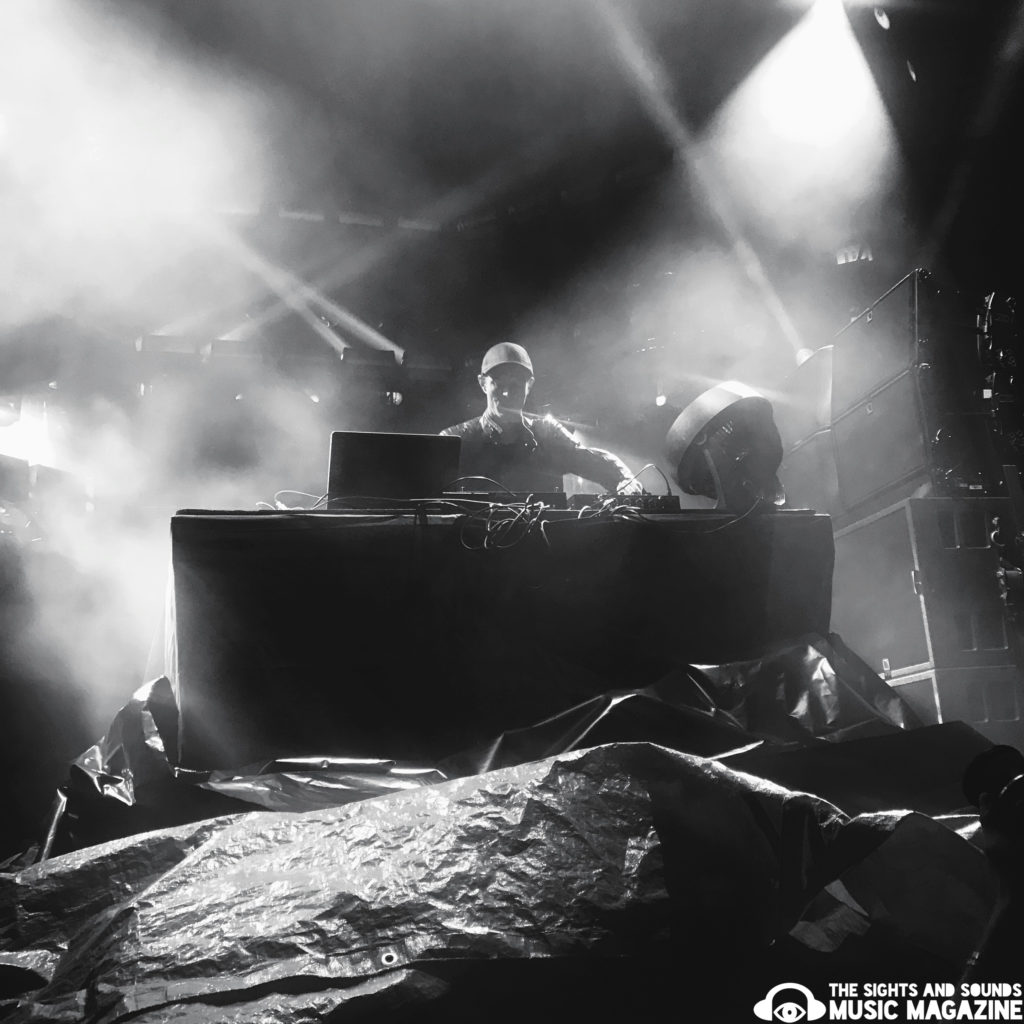
Halfway through the set, Test Pilot’s sound cut for the first time. Throughout the entirety of the set, the sound would cut a total of five times, essentially throwing away all of the momentum that Zimmerman began to build.
“I don’t give a fuck. I’m gonna fix it.” Said Zimmerman into the mic the first time the sound cut out. While they managed to regain sound a few times, the Canadian DJ began to become upset. “Trust me, I’ve seen much worse,” he said, trying to lighten the mood.
And lighten the mood he did. Well, at least momentarily.
Despite the hindrance of unfortunate weather-related unpredictability and an eventual early conclusion of Zimmerman’s Test Pilot set, the artist served up an awe-inspiring assemblage of tracks demonstrating his keen musical perspicacity.
Taking to Twitter as he often does, this time in a regrettable fashion, Zimmerman acknowledged he would be making it up to the show’s attendees in a separately recorded version of the set to be released on BBC’s Radio1 later on this week.




LISTEN NOW
Main Stage Denouement: Mainstays And Masterminds
If Movement is an educational narrative encompassing all that is techno the first two days merely cracked open the Detroit-written text. The city’s electronically-expressed rhetoric has spread worldwide since its early days of experimental cultivation. Monday’s Memorial Day main stage denouement bill of worldwide techno mainstays and masterminds represented this notion wholeheartedly.
Dirtybird Player Barclay Crenshaw also known for his alter ego Claude VonStroke played a crunchy bass set into the sunset featuring his latest self-titled record followed by a performance from Detroit- hailing Carl Craig versus synthesizer ensemble.
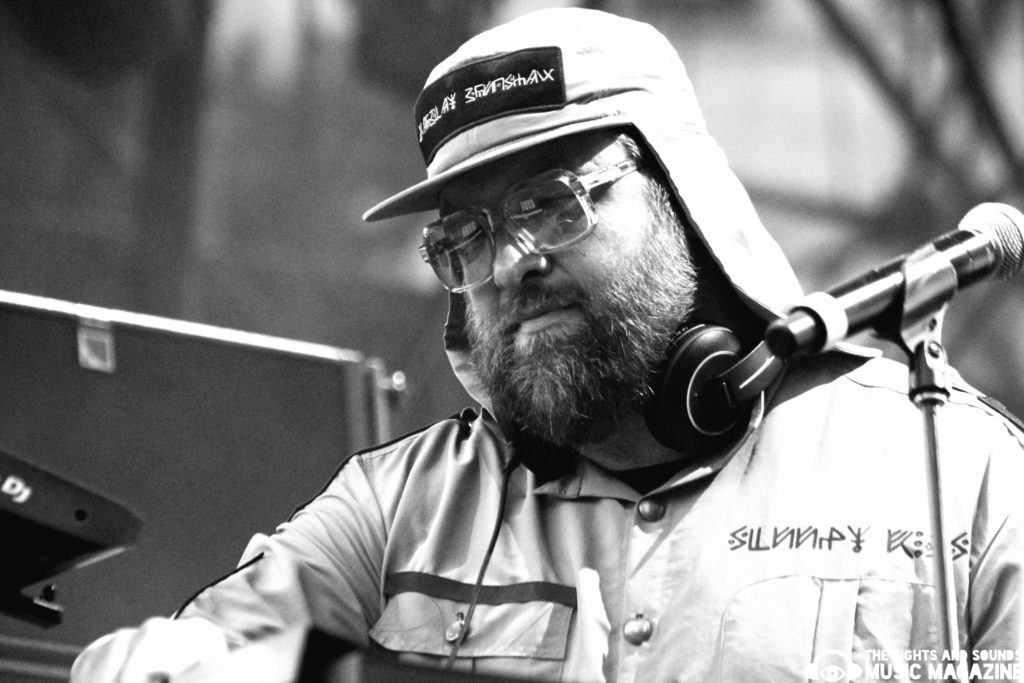
The self-taught producer and creator of the Detroit Music Festival’s set was a back-to-techno-basics debut of the synthesizer performance style, one he is now taking on the ‘Versus’ worldwide tour.
Recently declaring the tour and new music’s mantra as,” …the point is to change the audience’s perceptions, to surprise people, but also blow the dust off the conventional wisdom about music, its place in the world, and its audience – without demagoguery and with fresh and new arguments.”
If changing the manner and capacity that listeners absorb techno is a goal of Craig than at his ‘Versus’ debut it can be said he did just that.
The mastermind’s signature mechanical dancefloor creations were reimagined and reborn, this time as modern classical in turn delivering a set that was, in turn, transforming, remixing, reinterpreting, recreating, and broke down walls and hierarchies much like the festival itself.
Red Bull Music Academy Stage Is A Retreat For Those Willing to Break From Techno
This weekend Red Bull celebrated its 10th year of working with the festival.
Over the years the Austrian energy drink and lifestyle company have increasingly played an integral role in the city of Detroit and festival. Between a full-out partnership with Movement in 2008 and round of its Air Race Championship over the Detroit River, to Red Bull‘s House of Art at Eastern Market, showcasing work by emerging artists with an emphasis on Detroit works, the company’s presence in the city is unmistakable.
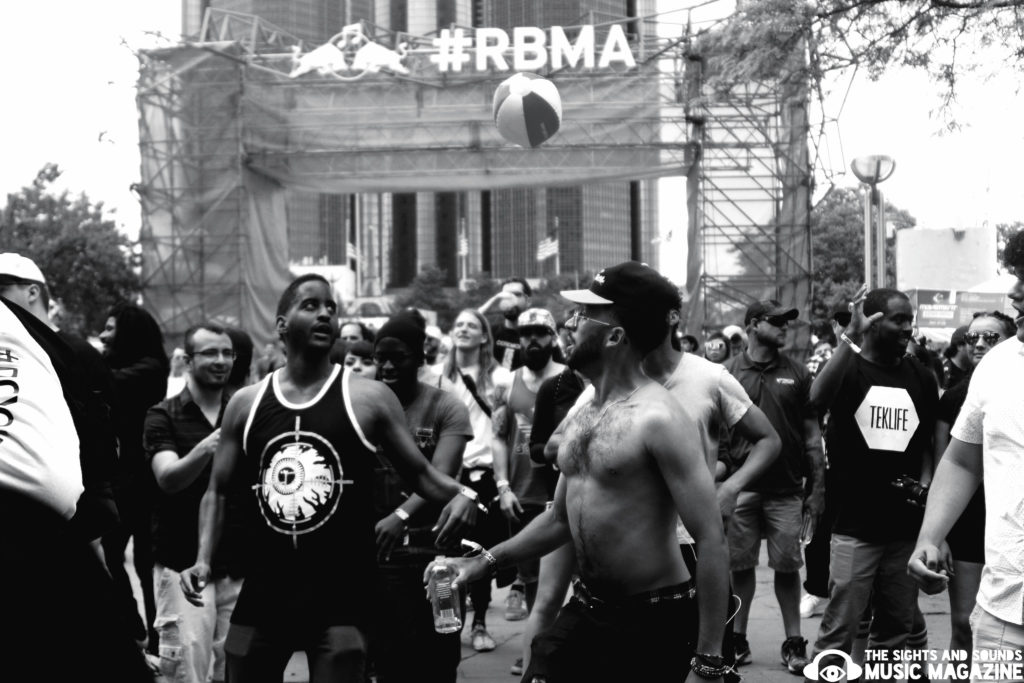
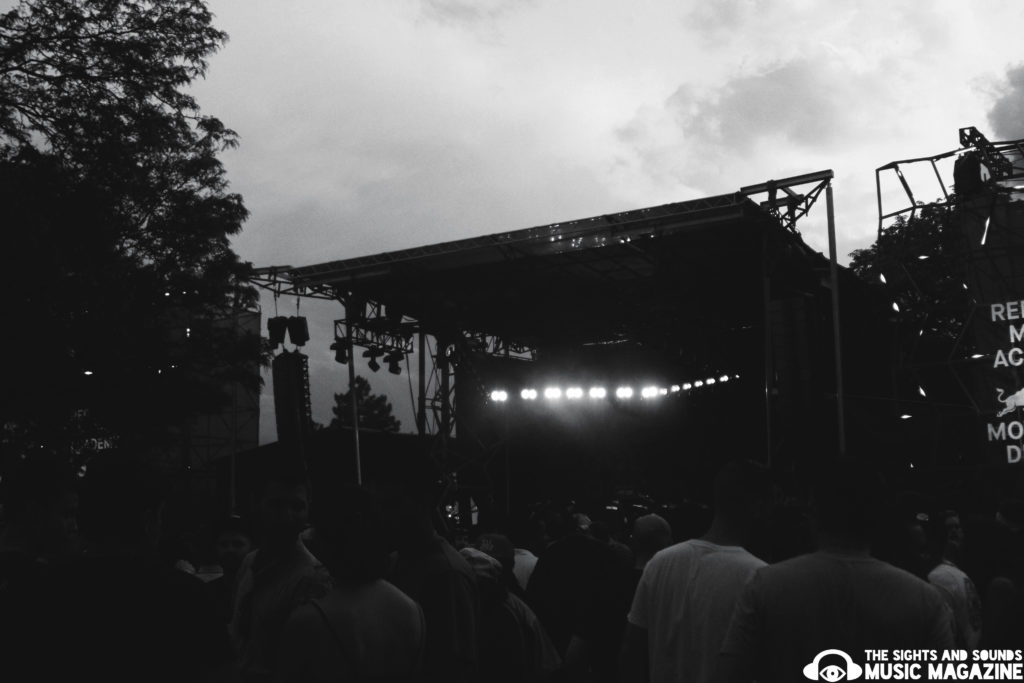
Just last year a permanent branch studio was established as ‘Red Bull Radio’, a downtown location that hosts weekly live broadcasts and just featured a week of pre-Movement programming.
The brand’s long regarded reputation with the late-night culture holds a key place in the success of the festival, but what’s most intriguing about the brand’s role in the festival is its ability to curate a respectable dependably diverse series of performances lying on the outskirts of techno, for passerby’s and young fans alike, exemplifying a critical and somewhat anomalous role played annually by the stage.
Movement Exhibits Exceptional Curation: A Risky But Necessary Willingness To Work Outside The Box
Scheduling artists on the outskirts of a technocentric bill is no easy feat, especially when your job is two-fold: aim to please, but also to maintain the underground-esque authenticity. Although Movement’s much more and can hardly be called a festival in the traditional sense we think of them, booking is just as important at Movement as it is for Coachella, Bonnaroo, etc. Fortunately, Movement proves year after year it’s no sell-out, booking strictly outside of techno acts that push the envelope in their respective fronts. Choosing acts that are capable of bringing a stellar live show to passer-bys and fans of the artists alike.
Red Bull’s Music Academy stage day after day proved successful on this front with day one’s conclusion including a fiery show from the Odd Future artist Earl Sweatshirt. Sunday’s impeccable lineup included Honey Dijon, Shiba San, and a hyphy conclusion with previous Three 6 Mafia member Juicy J.
But let’s stop for a moment, Movement is a techno festival.
Why would anyone care about these artists playing a techno festival and why does Movement bring them?
Artists seen at the Red Bull stage are very different than what techno and the rest of Movement itself represents.
Synth-led S U R V I V E (Stranger Things theme), or jazzy funk-soul master Thundercat, or of course the Red Bull Music Academy stage closer and rapper Danny Brown all have one thing in common: they’re socially significant to the musical times we live in, the same way techno is akin to Detroit.
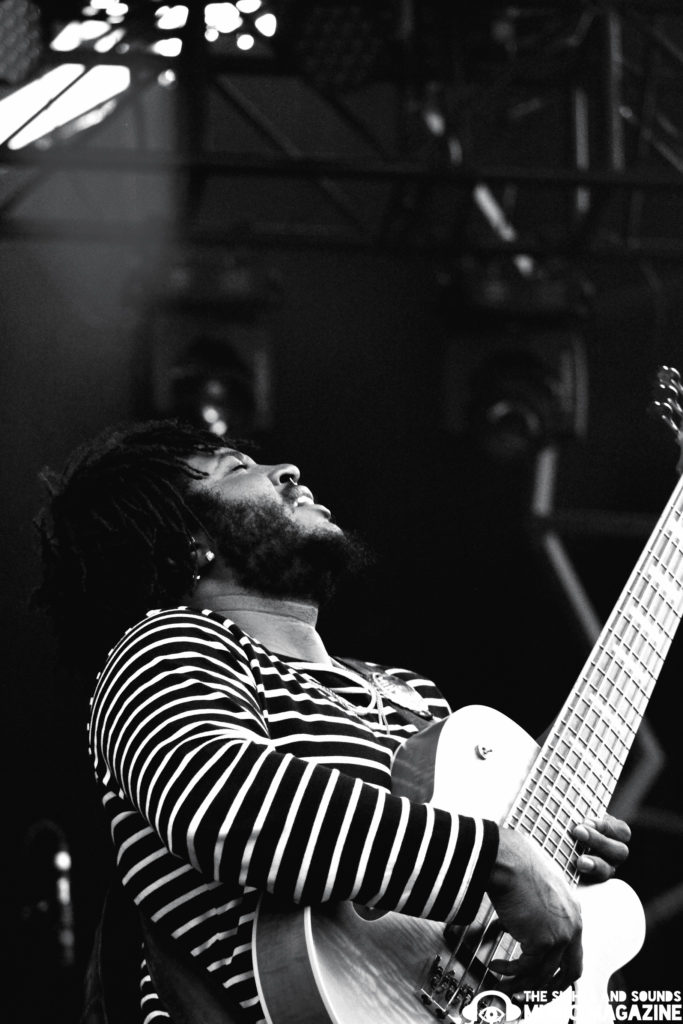
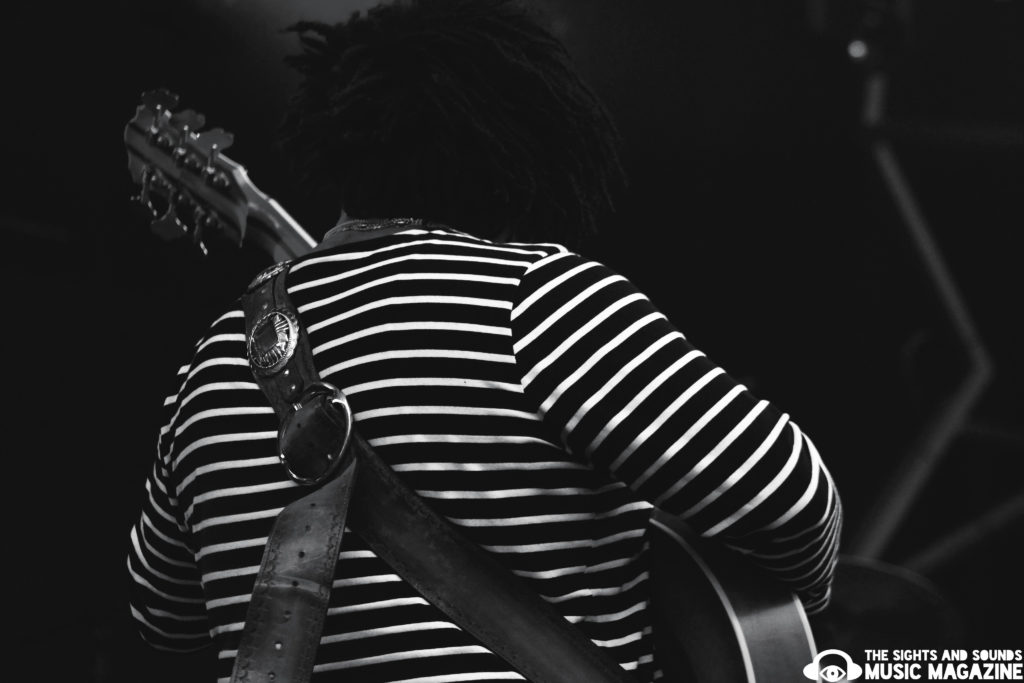
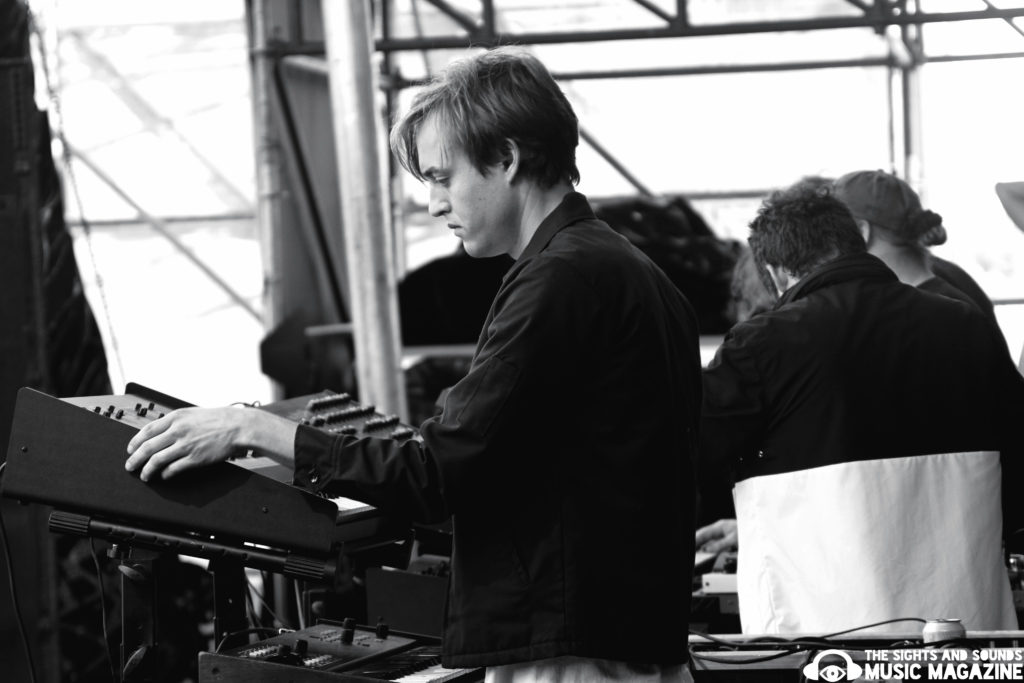
One thing is absolutely for certain, not all techno listeners are created equal, but I bet your average listener doesn’t spend all of their time listening to techno. They enjoy casual jazz, electronic rock, maybe some hip hop.
Henceforth, Movement’s decision to bring alternatives to techno, and critical pioneers on their respective fronts at that, is not the festival selling out, it’s merely respecting that we all have our musical differences. Above all, it’s the representation of a necessary willingness to work outside of the box in the festival realm.
The Gaslamp Killer Brings Music From All Over The World
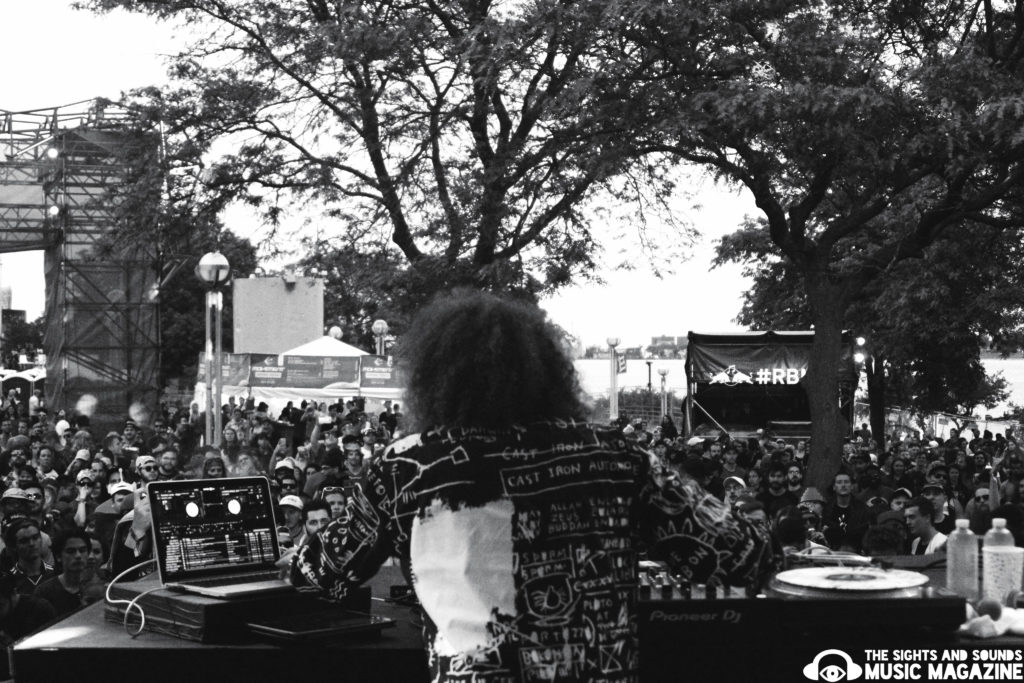
One of the most enticing, memorable, and distinct sets at the Red Bull stage was that of The Gaslamp Killer.
Piecing together a surprisingly heavy selection of tunes, from Top Dawg Entertainment’s Schoolboy Q and Kendrick Lamar to Detroit inspired Flying Lotus, the artist even included a killer track from Dubai producer Aeli, entitled “Guasba Lik”. Alternative hip hop producer William Benjamin Bensussen dialed into the crowd while managing to keep listeners on their toes, especially those familiar with his own music. In his visceral collection of tunes, attendees were left in a trance, pupils fully dilated, and heads were left a-rolling.
Described by Resident Advisor as, “the epitome of unhinged energy,” GLK blew the crowd’s wigs.
Between debuting a female Pakistani group’s latest track to wigging out to his tunes and frequently mentioning world peace, the big hair flowing DJ’s set proved to be one of the most powerful, eclectic sets of the festival and most certainly of the Red Bull stage.
Resident Advisor Curated the Ultimate Conglomerate Of Underground Superstars
2017 marked the first time that Resident Advisor ever curated a stage at Movement Festival in Detroit and the underground stage has never felt more thunderous. Heavy hitting techno pumps through massive speakers as one descends down the ramp into the pit of darkness known as Detroit’s underground stage. The intimate nature of the underground stage combined with being surrounded by thousands of pounds of concrete does wonders in establishing an underground rave from the get-go, but it’s Resident Advisor’s curation that stole the show this year.
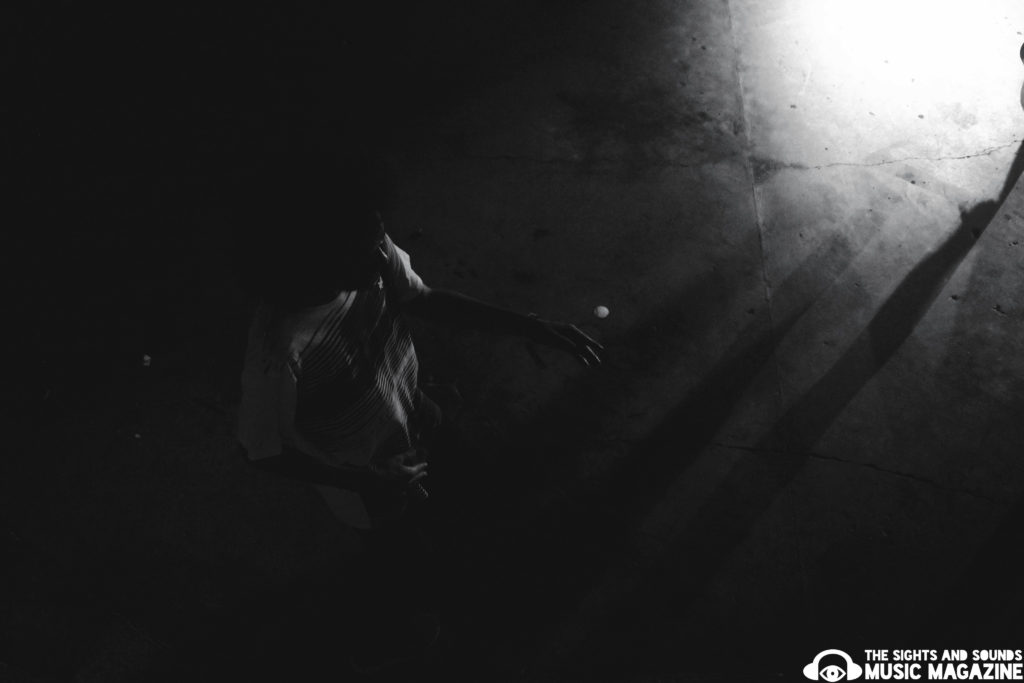
AX&P (Adam X & Perc) Heat Up The Underground Stage On The First Day Of Movement
AX&P led a sonic assault on the underground stage that can only possibly be characterized by one adjective: tumultuous. AX&P took the stage at 7:30 p.m. at about twenty feet below sea level and began their hour and thirty-minute venture playing some of the darkest and heaviest techno tracks that one could possibly find.
Rising to a new level of respected recognition in the underground scene since the release of Perc’s ‘Wicker & Steel’ – the collaborative set can be described as such. True to Adam X’s industrial background (he was among the first to break into the German scene in the ’90’s) he and Perc, in turn, collaborated on a hard-edged industrialized set bringing the industrial- washed antidote to the masses, which, luckily for visitors at the Resident Advisor stage was exactly what the doctor ordered.
The Party Don’t Stop Till You Do… Or Don’t
72 hours of techno. Non-stop dancing and flashing lights. Think you can handle it?
Many do.
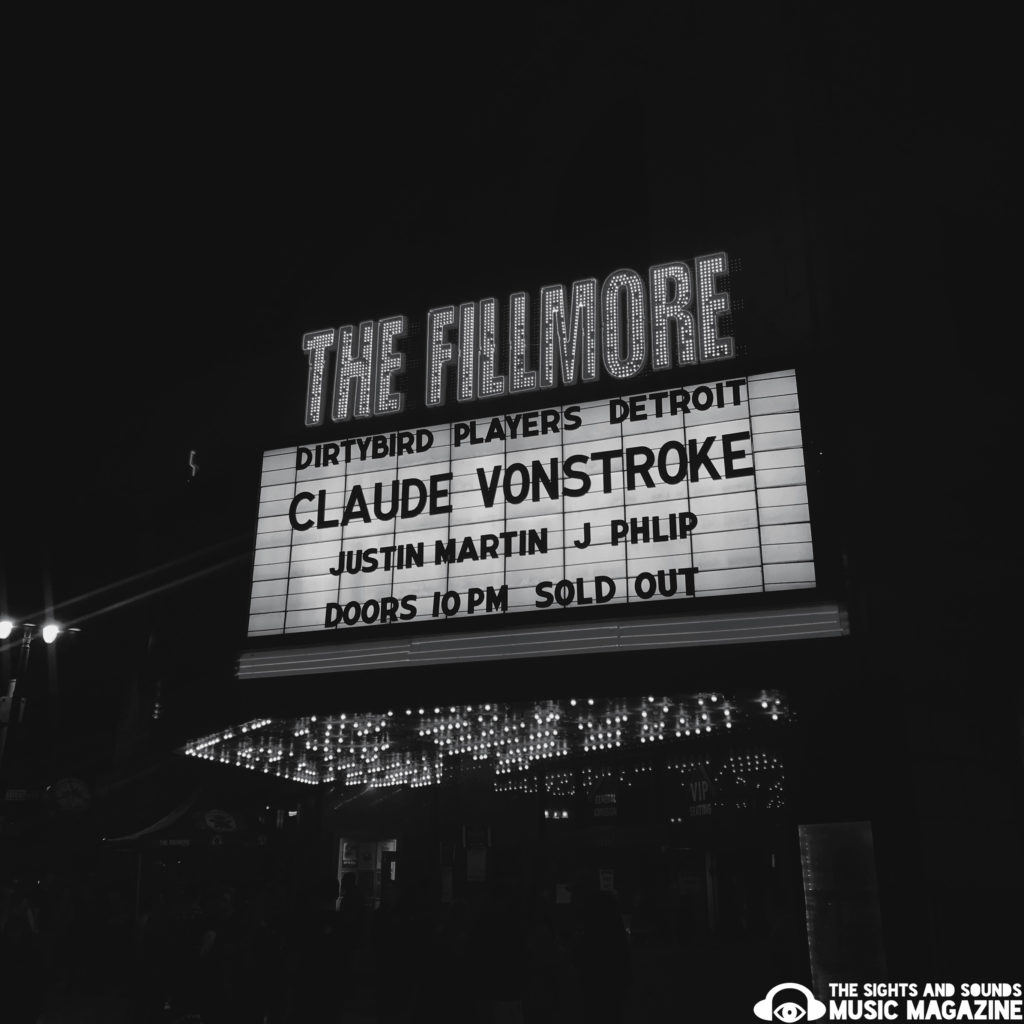
At Movement, dancing is priority number one. Lucky for those who are prepared, after parties take place all over the city so the party never stops. Some on boats, some in basements, some in clubs, or extending into the daylight, and some just beginning in the wee hours of the morning.
One of the most beautiful things about Movement is that the festival is more of a three-day lifestyle alteration. That is, if you allow it to be…
A Subcultural Narrative Saturated With Underlying Hope
Much worry has been expressed in publications and by techno aficionados that the biggest techno festival in the world has lost its edge, with mainstays and music masterminds drawing in a more Coachella-type crowd. But to attend a show at the underground stage, or to simply look around at the festival, or at galleries online is a must for those in disbelief.
Surely the demographic has changed and draws in an increasingly younger crowd year after year, but Movement and the techno subculture, in particular, is among the most diverse collections of individuals in the world, especially if one considers that the music itself represents a multitude of styles and experimental sets of electronic music.
Techno and Movement are as young as they are old. They’re both multiculturally embracing and empowering. They provide a hopeful retreat for listeners, not an escapist one.
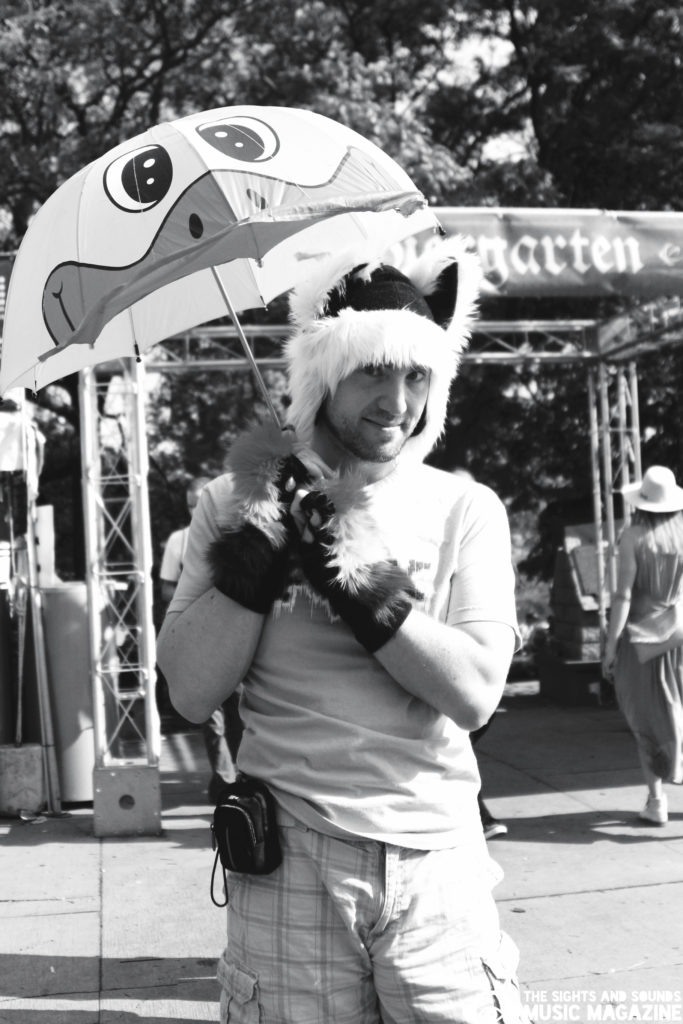
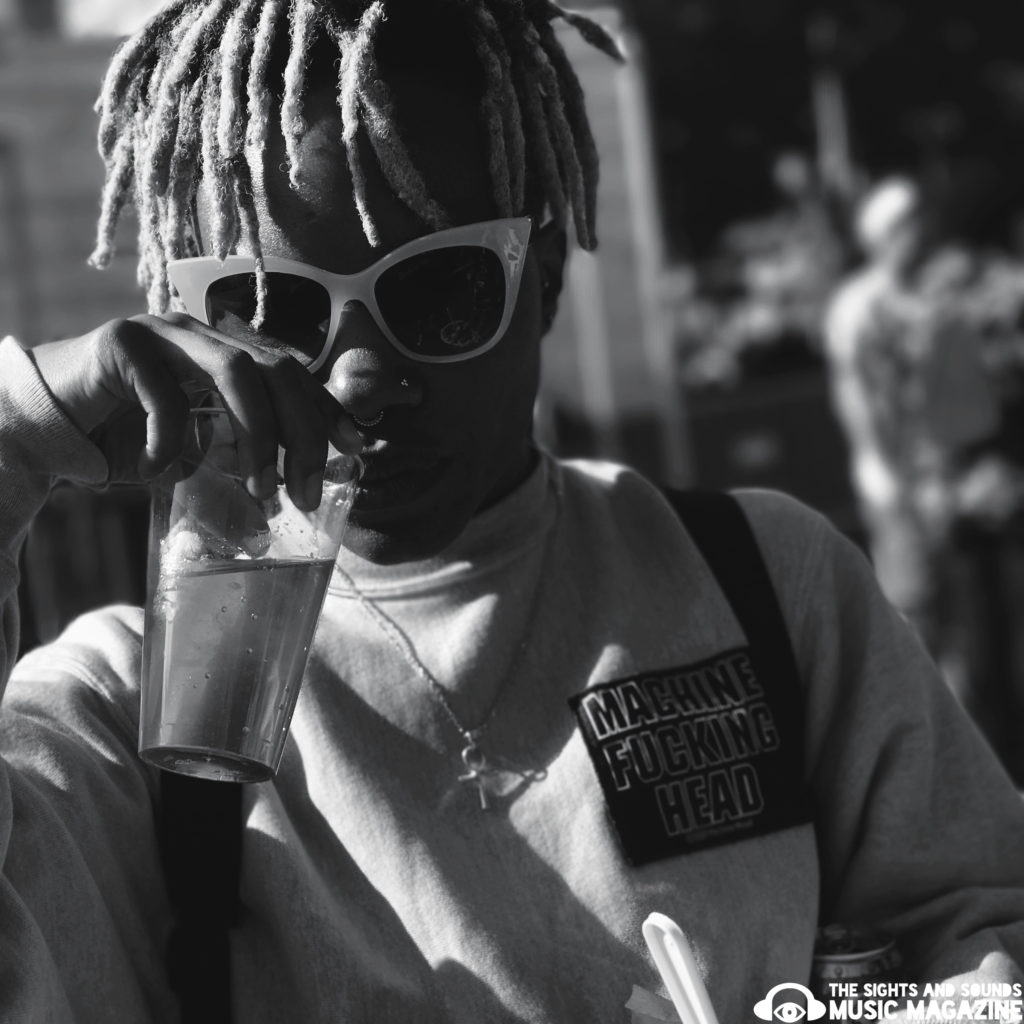
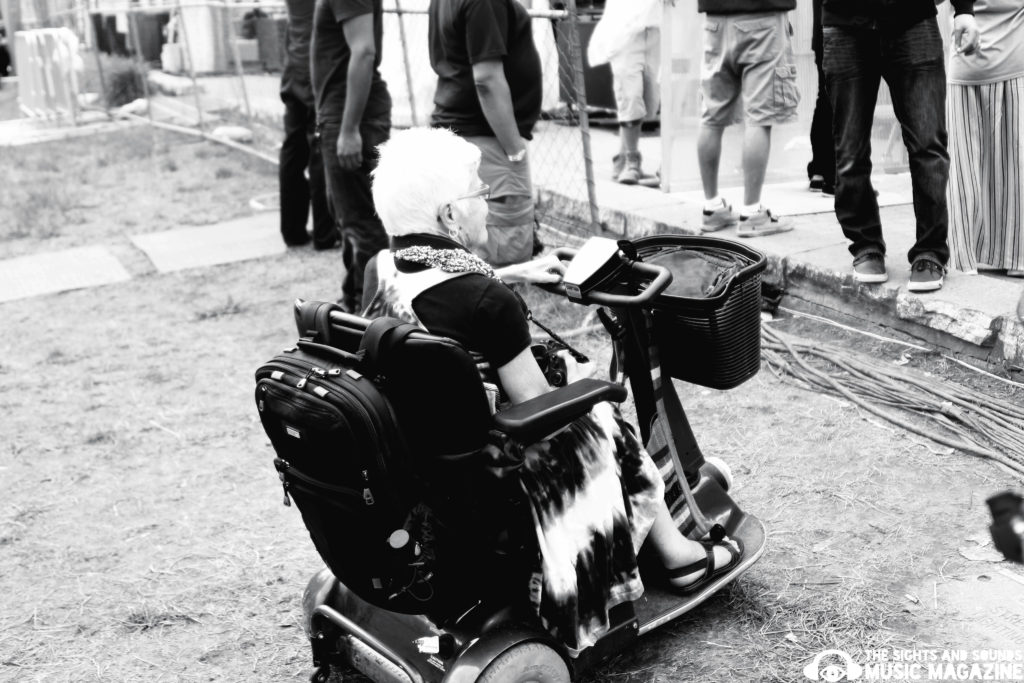
Once the party is over techno (and Movement) want for listeners to leave the club and look life square in the eyes.
What is to become of Detroit once attendees leave this festival and what is to become of its attendees?
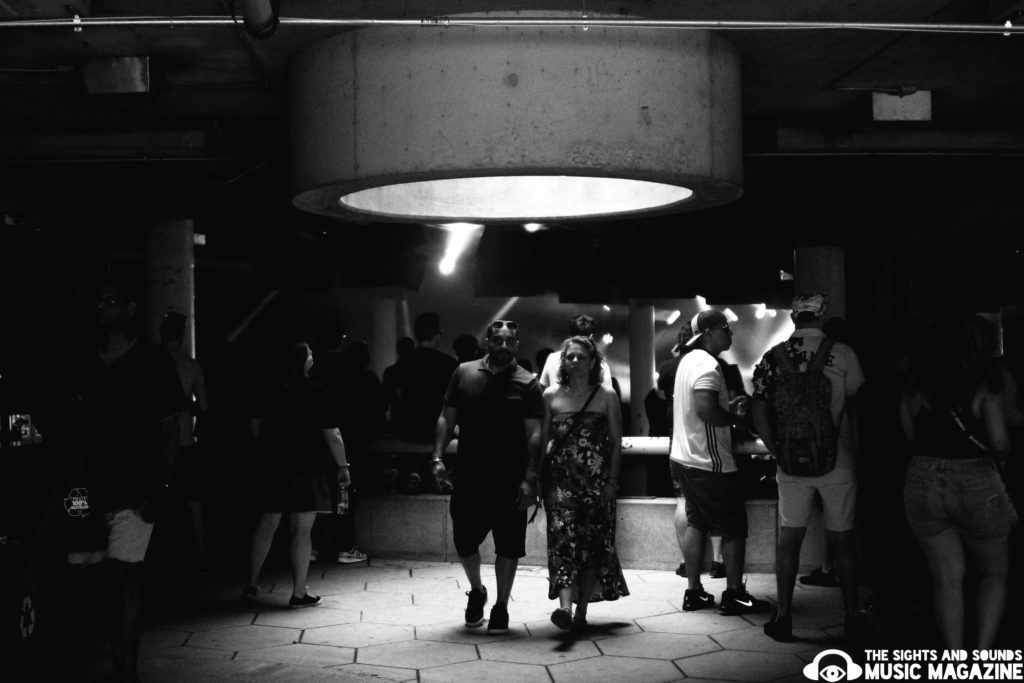
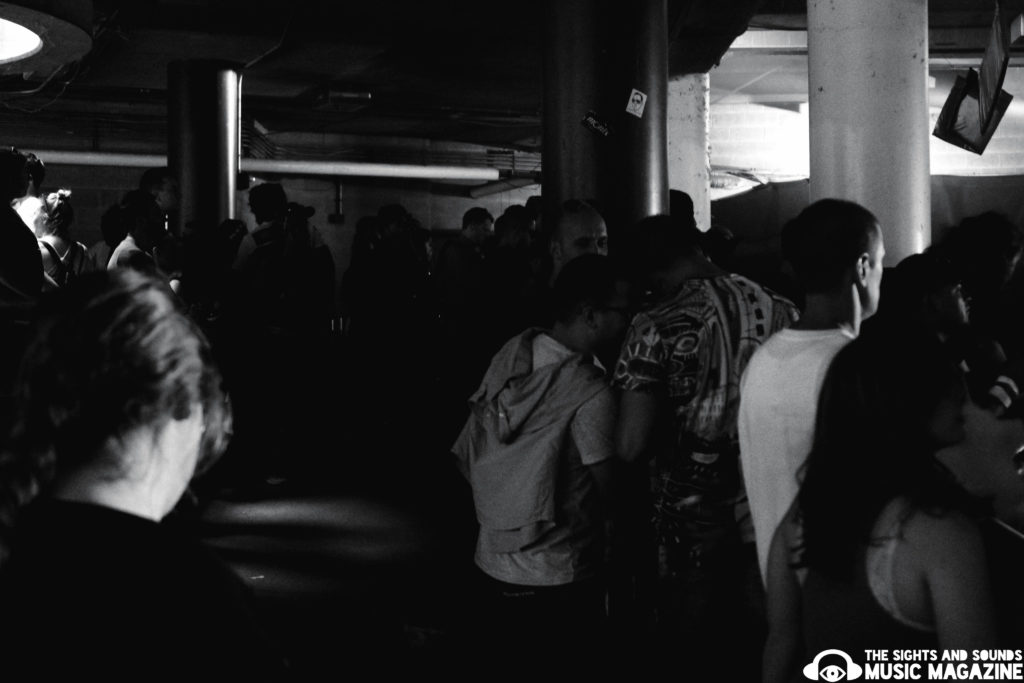
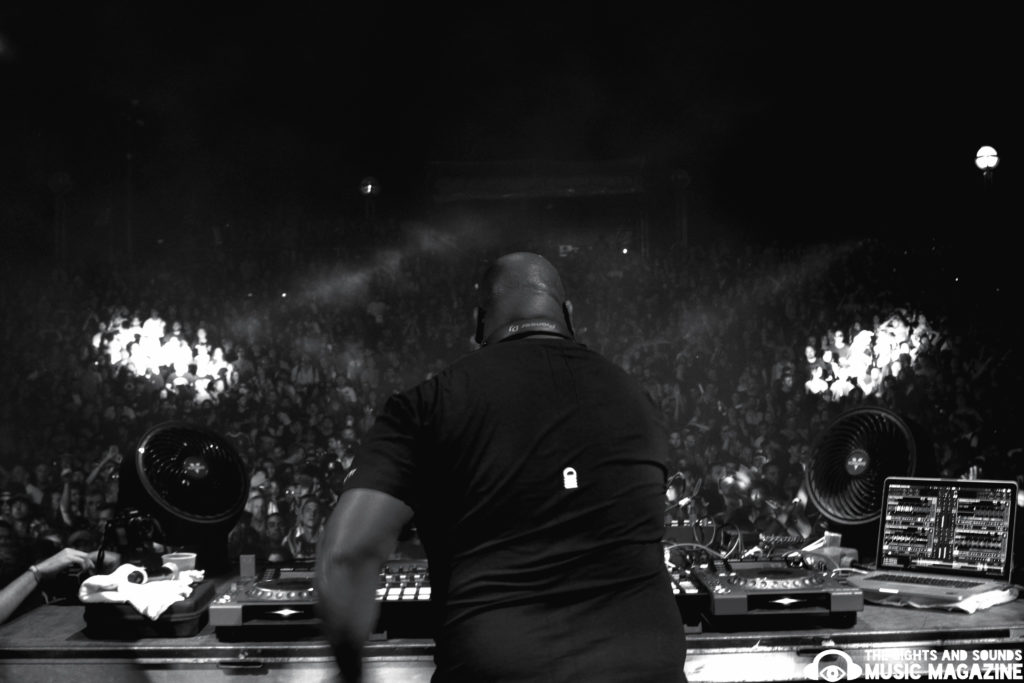
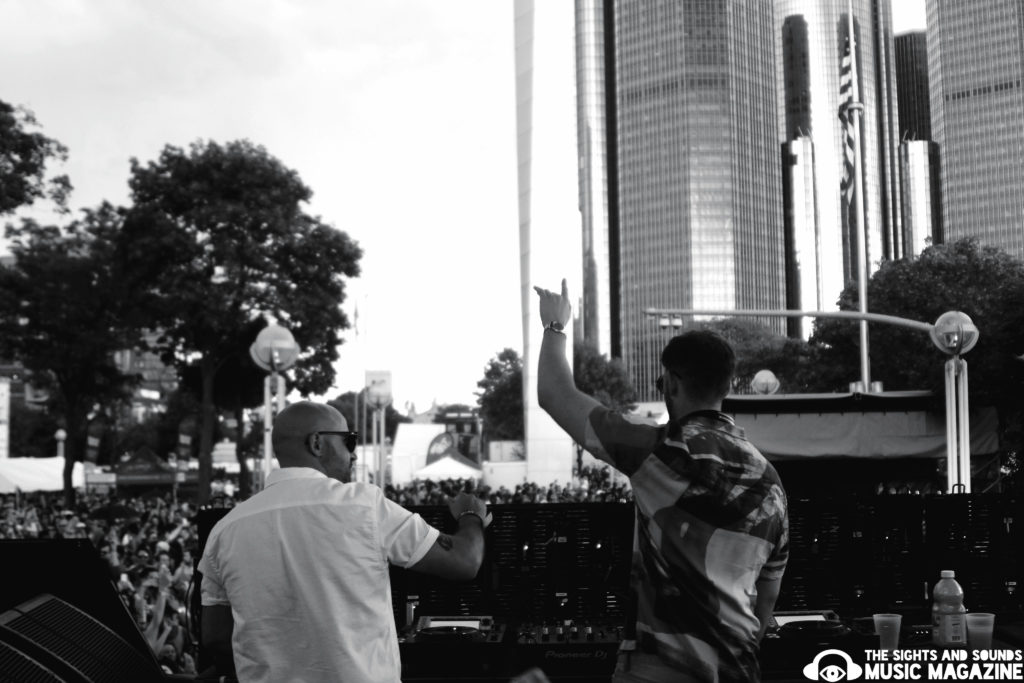
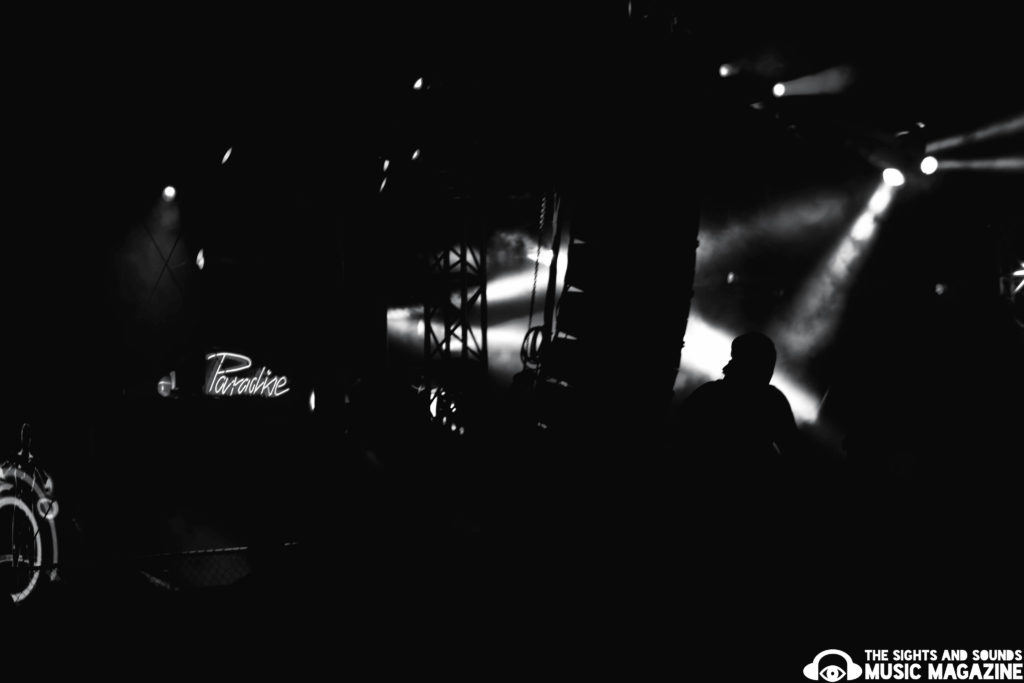
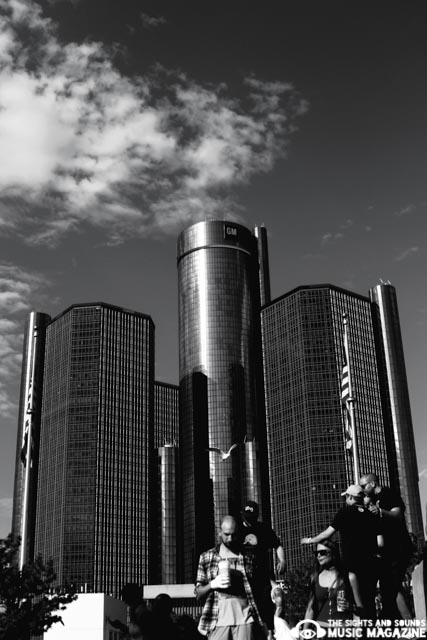
According to the Detroit Metro Times,”Among the top 50 metropolitan areas by population, the Detroit area has the 19th-highest growth rate in real GDP from 2010 to 2015, at 12.2%. Detroit now ranks fifth among similar regions in GDP growth since 2010.”
“The Detroit region gained more than 225,000 private sector jobs since 2010, surpassing Boston, Minneapolis, and Seattle in the number of jobs gained.”
While Detroit needs to continue to make substantial gains if the region would like to be a top-performing economy in the nation, its gains are good news and ones of immense hope. Hope that can help build coalitions across various sounds and populations. Much like techno for its listeners and certainly just like Movement itself.
Above all, techno and Movement Detroit is about heightening awareness to whatever may need attention, not numbing it.

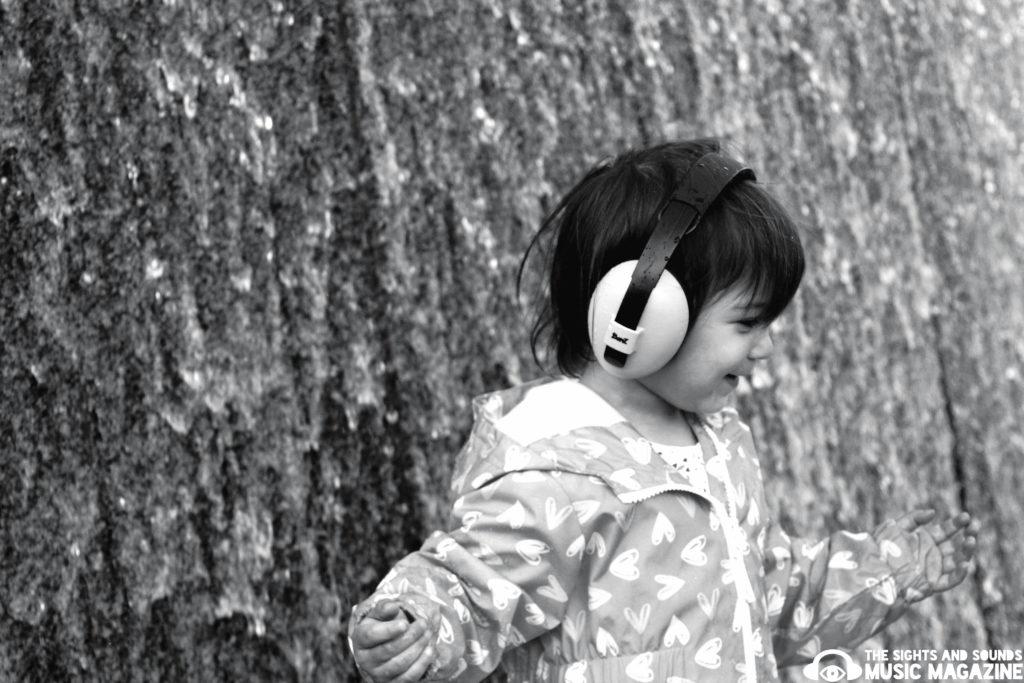
1532
